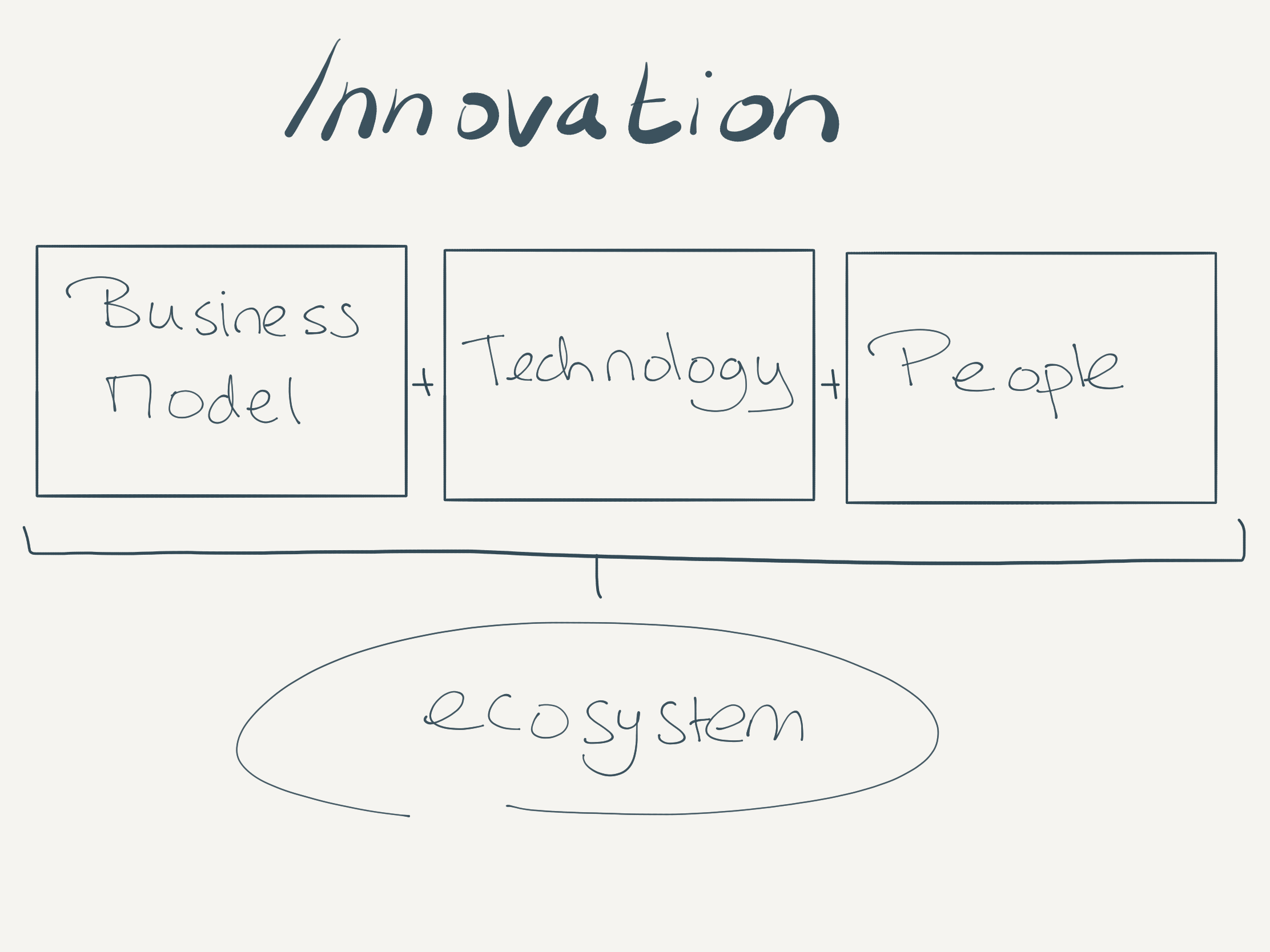Innovation Series: Fashion Retail Ecosystem Development
The businesses and the ecosystem we work and live in, change. Over the last decade, we have seen a rapid increase in new technology and business models. One of the most prominently hit industries is the retail industry. But, why are retailer having such a hard time? Here are some of my thoughts on ecosystem developments in fashion retail.

Challenges of tech innovation in fashion retail
Fashion retail as an ecosystem
Each industry has its own set of rules, players and dynamics. The fashion retail industry is no different. The dynamics of an ecosystem is what makes it interesting; in this case, fashion retailer fail to understand the complexity of their own ecosystem.
Fashion is a delicate subject, because it is very tangible. The outside world can see the results of how the industry changes. Thus, fashion retailer need to show how they are changing, too. Inevitably, fashion retailer need to “show what they are made of.”
There is nothing wrong with that. Retailer have been used to flashing their ideas in their customer’s faces for decades. But, this time it is a little different; there is far more at stake. I believe that the main reason it is hard for a traditional retailer to keep up is the fact that the ecosystem is misunderstood.

When it comes to innovation, there is a natural tendency to focus on the technology part of the equation. Technological transformation creates short term friction in any market. The time to full market adoption is sometimes faster than traditional businesses can keep up with. It is not until the market has adopted fully to a new technology, that service provides start to arrive and pick up the pieces.
“To name but one example, Farfetch has started to serve smaller fashion retailers with an all-encompassing service approach to e-commerce.
The business model side of things
When the rules and tools within an industry change, it is important to re-evaluate what your business’ core strengths are. When I speak to a fashion retailer, they usually state that they cannot keep up with the technological developments; they simply do not have the means to keep up, either.
Thus, I tell them to focus on the core business model first; to look at the available and potential changes to the core business model. What are the opportunities the new rules of the ecosystem have in store?
“One example of a new need in retail, are non-permanent store spaces (pop-up stores). When a retailer owns the property they are stationed in, one way of changing the business model is to look at other sources of income. Monetize the assets that are available in the group.”
What about the people
When the ecosystem changes are apparent, the resources and the adoption of the new business case are essential to the success. The people who work within the new setup, need to accept the changes and help out.
Hence, it is crucial to involve the employees in business model decisions, at an early stage. Ecosystem-changes trigger, or better to say, push your company forward. However, the actual changes to your business are made directly on the work floor.
“Regular strategy meetings with staff members of all ages, help align the long-term goals of your business. When technological changes are fast, it is imperative to use the input of your youngest staff members to show you where the market is heading. The millennial generation is an early adopter of new technology, and possibly your secret weapon.”
Tech develops, the ecosystem changes
In my opinion, we need to understand that technology develops over time. We have made a quantum leap in user-facing consumer interfaces in the last decade. Yet, the ecosystem encompasses far more, than just tech-changes.
To keep up with industry developments, it is key to look at opportunities on the business model, technology and people-side of things. When your strategy reflects your (personal) ecosystem-strength, odds are your company will come out stronger than ever if you believe in yourself, and your team.
I hope you have enjoyed this read and I wish you all a great day, Remco